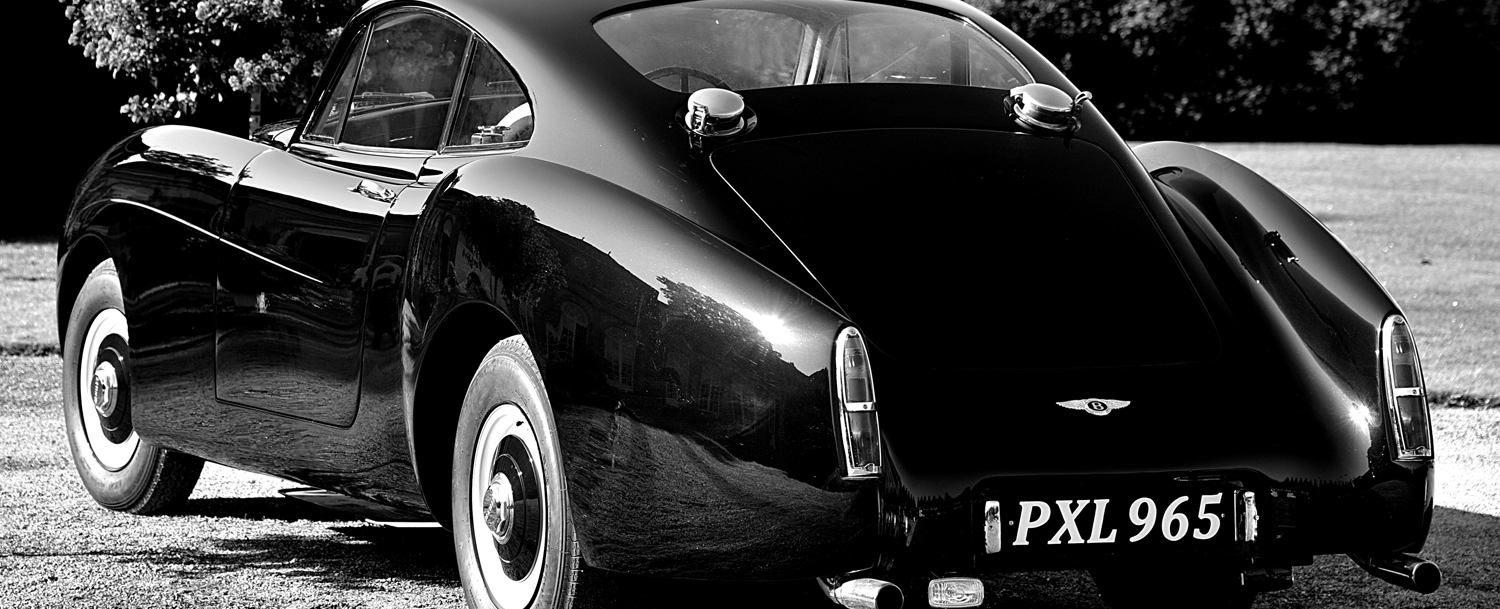
Imagine driving down the streets of early 20th-century London, where automobiles were a rare sight, and roads were still dominated by horse-drawn carriages. Now, fast forward to today—where thousands of cars fill the roads, each with a unique identity marked by a number plate. But how did we get here?
Number plates are more than just vehicle identifiers; they represent a fascinating timeline of technological advancements, legal changes, and even personal expression. From simple hand-painted plates to futuristic digital displays, the UK’s number plate system has evolved dramatically over the past century.
Let’s take a deep dive into the history, changes, and future of UK number plates, and along the way, discover some intriguing moments that shaped the system we use today.
The Birth of Number Plates (1903–1930s): A Solution to Chaos
Back in the early 1900s, cars were a luxury, owned by only a select few. But as more vehicles took to the roads, a new problem arose—there was no way to identify them!
In those days, if a car caused an accident or was stolen, there was no proper record to track the owner. This issue led to the Motor Car Act of 1903, which required all motor vehicles to be registered and display a number plate.
The first-ever UK registration plate was “A 1”, issued in London. Imagine the excitement of the owner, who likely had no idea that over a century later, people would pay thousands of pounds for personalised number plates like theirs!
At first, the system was simple:
- A combination of letters (representing the registration authority) followed by numbers.
- Plates were often hand-painted on metal or ceramic.
- There were no strict size or font regulations, making some plates hard to read.
As car ownership increased, authorities realized they needed a better system.
Expansion and Suffix System (1930s–1960s)
By the 1930s, the demand for unique registration numbers was skyrocketing. The UK had to modify its numbering system several times to accommodate the increasing number of vehicles.
A significant milestone came in 1963 with the introduction of the suffix system, which added a letter at the end of the plate to indicate the year of registration.
For example, a car registered in 1964 would have a plate like ABC 123B, where “B” represented the year.
This system:
✔ Helped organize vehicle registration records
✔ Made it easier to identify newer vs. older vehicles
✔ Allowed for more unique plate combinations
But, as expected, the system reached its limit by the late 1970s. The government needed yet another upgrade.
The Rise of Reflective Number Plates (1970s–1980s)
Picture this: It’s a foggy evening in London, and an officer is trying to identify a car involved in an accident. The old black-and-white number plates are barely visible in the dim light.
To solve such issues, the UK introduced reflective number plates in 1971:
✔ White plates at the front and yellow plates at the rear for better visibility.
✔ Black lettering to ensure clear contrast.
✔ Acrylic materials instead of metal or ceramic for durability.
These plates dramatically improved vehicle identification, especially in low-light conditions.
The Introduction of the Current Format (2001–Present)
In 2001, the UK adopted the modern number plate format, designed to:
✔ Provide a more structured and scalable system
✔ Make it easier to determine a vehicle’s age and origin
✔ Allow for quick identification by police and traffic cameras
The current format consists of:
- Two letters (indicating the area of registration)
- Two numbers (indicating the year of registration)
- Three random letters (to ensure uniqueness)
For example, a car registered in Birmingham in 2023 could have a plate like BA23 XYZ.
The new system made it easier for authorities to track vehicles while still allowing for personalized and private plates, a market that has since boomed.
The Popularity of Private Number Plates
As number plates became more regulated, personalized or private plates became a way for people to express their identity. Today, companies like Aplates provide a range of custom registration plates, allowing owners to have names, initials, or memorable numbers on their vehicles.
Some of the most expensive private plates sold include:
- “25 O” – Sold for £518,000
- “F 1” – Sold for £440,000
- “X 1” – Sold for £500,000
Clearly, number plates are no longer just about identification—they are also a status symbol.
What’s Next? The Future of Number Plates
With the rise of smart technology, number plates are set to evolve again. Here are some futuristic developments expected in the coming years:
✔ Digital Number Plates – These could be updated remotely and display important information (e.g., tax status, insurance validity).
✔ RFID Tracking – Microchips in number plates could help reduce vehicle theft and simplify toll collection.
✔ Augmented Reality (AR) Recognition – Future traffic systems may use AI-powered AR cameras to scan and analyze plates instantly.
✔ Biometric Identification – Cars may one day use fingerprint or facial recognition linked to number plates for added security.
These advancements will not only make vehicle tracking more efficient but also improve road safety and law enforcement.
Final Thoughts
From its humble beginnings in 1903 to futuristic digital plates, the UK’s number plate system has come a long way. It has evolved in response to technological advancements, growing vehicle numbers, and the need for enhanced security.
As we move towards a more connected world, number plates will continue to change, integrating with smart city infrastructure and playing a vital role in the future of transport.Whether you prefer a classic plate or a high-tech digital display, one thing is certain—number plates will always be a key part of automobile history and innovation.
Read more about our other blogs
The Fascination Behind Personalised Number Plates: Psychology, Status & Record-Breaking Sales
The Ultimate Guide to Installing 4D Number Plates Safely and Securely
Top 5 Number Plate Trends Taking Over UK Roads in 2025